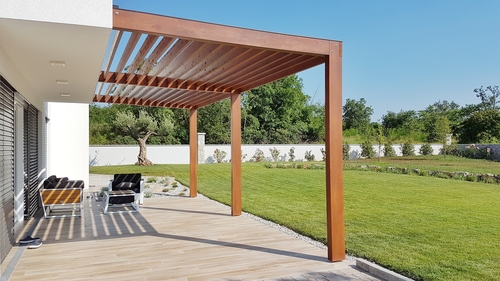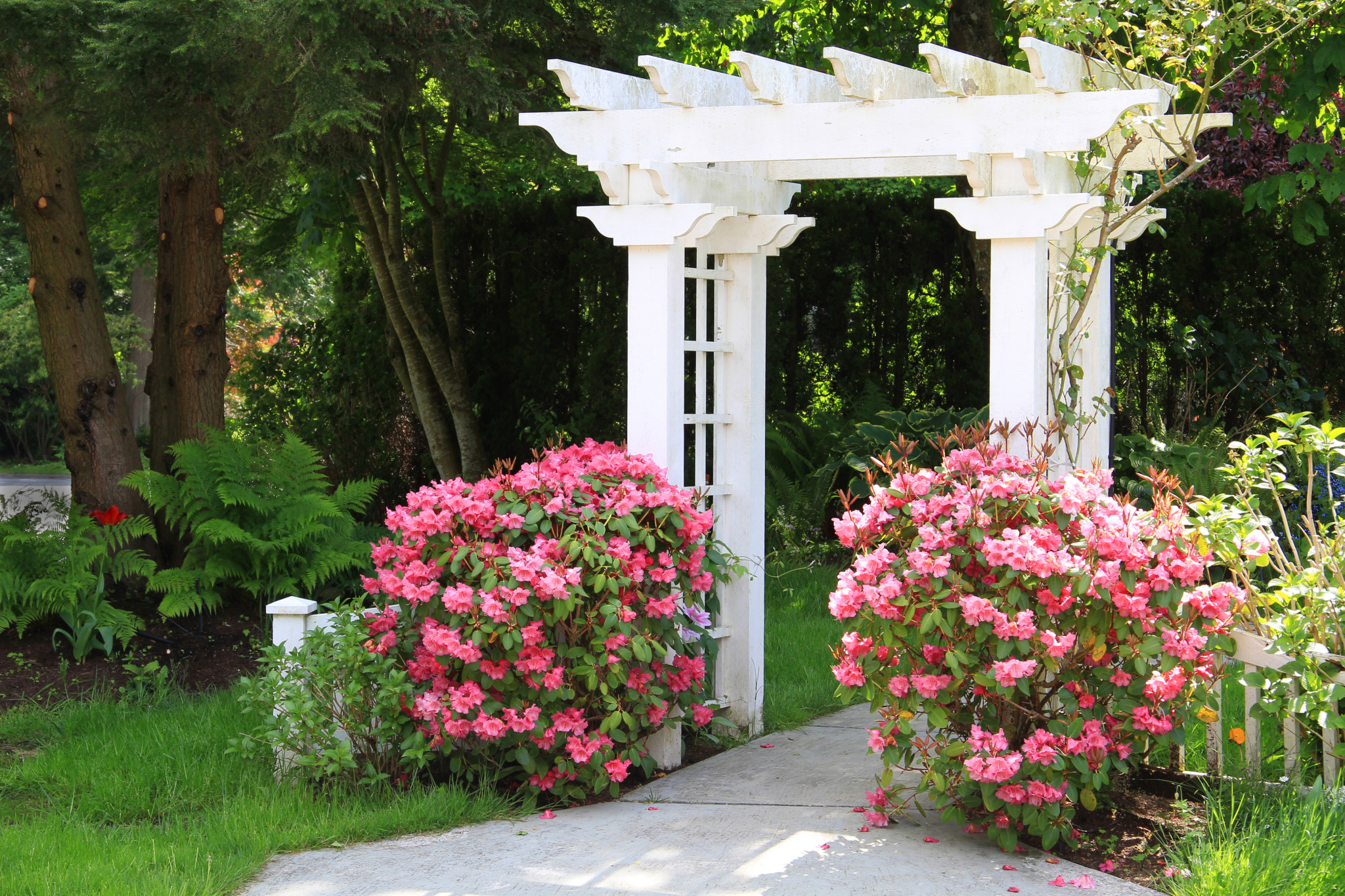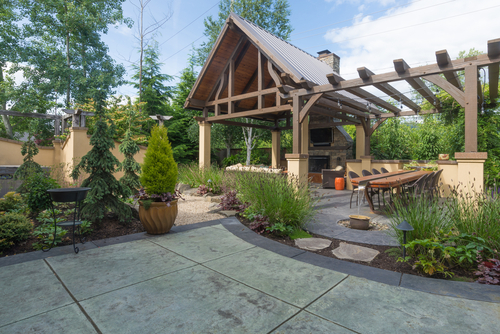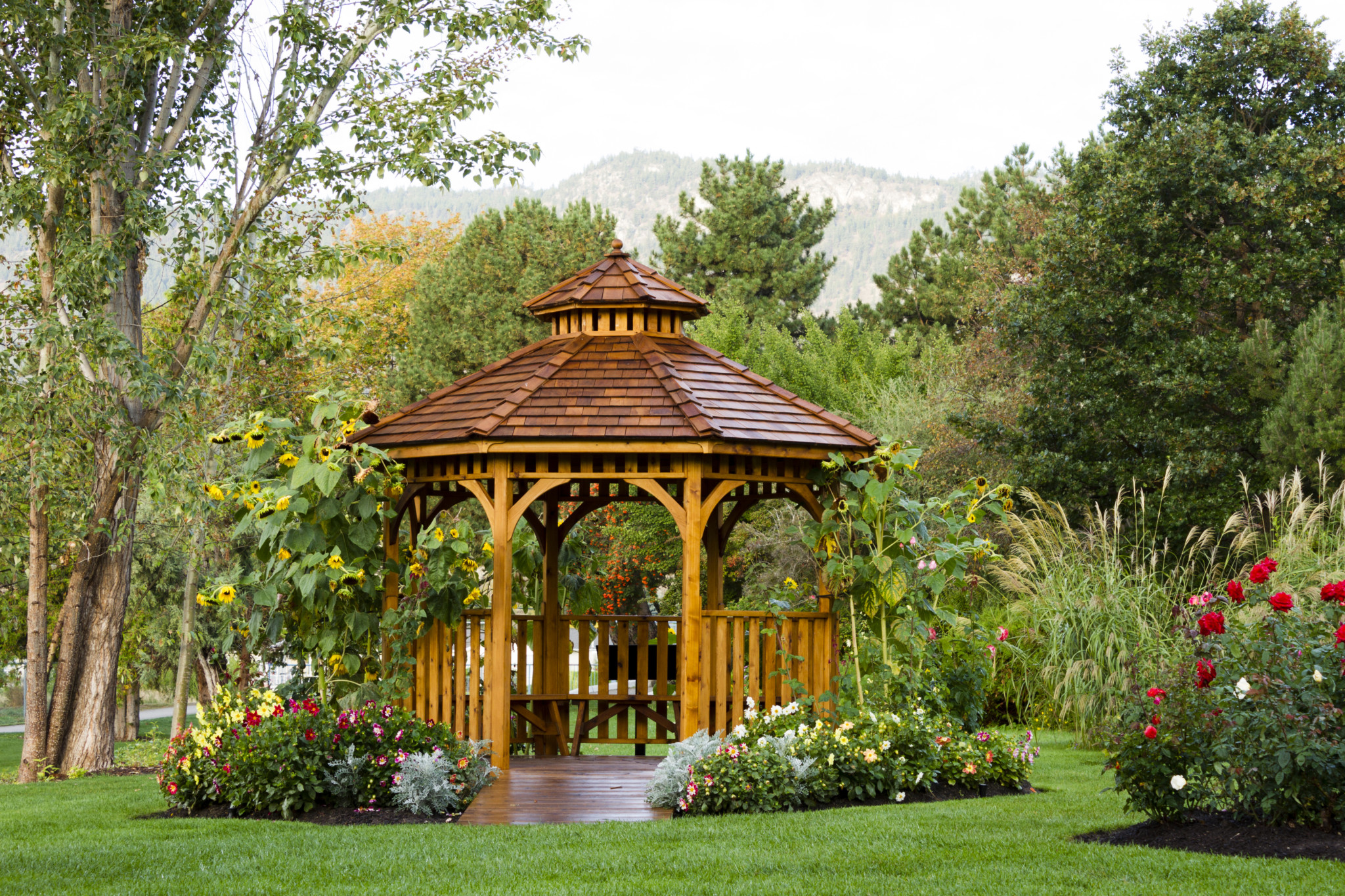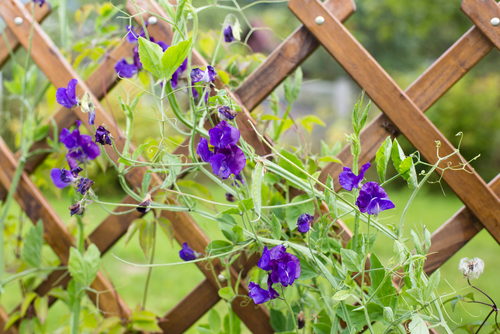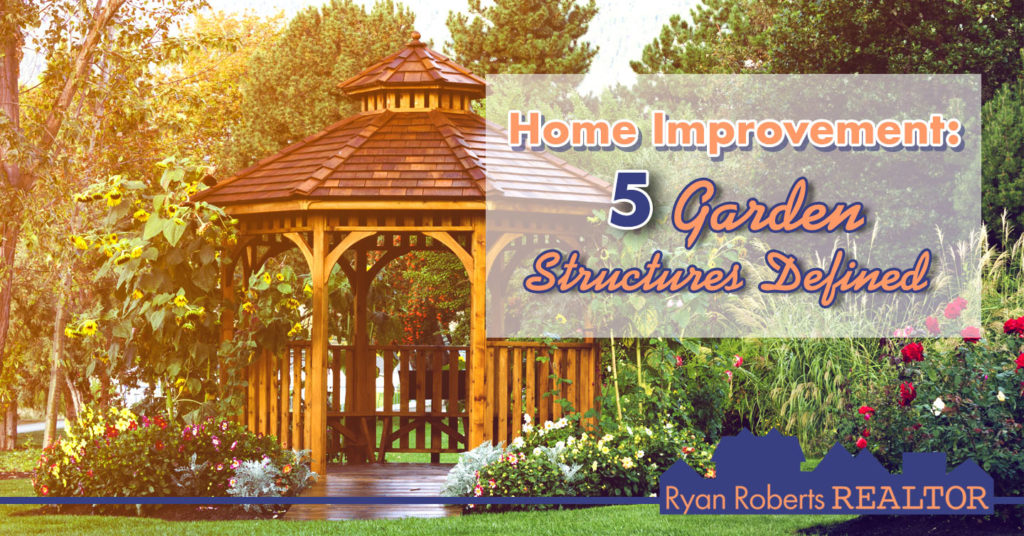
Imagine this scene: you and your loved ones sitting under the shade of a blooming pergola, drinking tea or coffee while smelling the flora. Garden structures enrich the yards they adorn with pleasing woodwork and lovely flowers with greenery. Are you considering adding a garden structure to your home’s landscaping? Good choice! Here’s a guide to help you get started.
Pergola
If you like to sit outside and enjoy a bit of sun—but not too much—then you might consider a pergola as a good fit for your yard. This garden structure consists of horizontal beams mounted on columns, often with rot-resistant wood, vinyl, brick, stone, or metal. The horizontal beams offer filtered light by sitting evenly spaced apart—especially if you permit a plant to grow on the pergola.
Homeowners like using pergolas as a patio or deck overhang to create a wall-less construction that provides an open-aired concept. You may also want to build a pergola to cover the front porch, an outdoor room, walkway, or entryway. Clematis, climbing varieties of roses, honeysuckle, and jasmine—to name a few—make great pergola plants.
Arbor
Though similar to a pergola in its wall-less style, an arbor offers a free-standing, archway garden structure to decorate paths or entrances. An arbor, like the pergola, often creates an open-roof, open-walled concept that supports climbing plants. The primary difference lies in use: arbors tend to mark entrances, whereas pergolas tend to be a covering structure, e.g., a patio covering.
You may use the same materials for arbors as you do to construct a pergola, including—rot-resistant wood, vinyl, metal, brick, or stone—as well as the same kind of climbing plants.
Pavilion
Another open-aired garden structure is the pavilion, consisting of a closed roof and four supporting pillars. Homeowners may opt for a round, box-shaped, or flat-roofed pavilion that offers covering over a variety of spaces, from a modest picnic area to an ornate back porch.
Pavilions don’t tend to support climbing plants, but they do offer complete shade and opportunities for built-in lights, ceiling fans, television screens, other electronics, and even a fireplace. These structures embellish a variety of settings, such as the pool, a garden, a picnic or camping area, a music or dance hall, or a building’s annex.
Gazebo
Open-aired or closed-aired, a gazebo creates a small, shaded space that beautifies a garden, beach, pool, or anything else you can imagine. Gazebos sit disconnected from other structures and often include built-in benches. Typically, gazebos have pitched, closed roofs atop round or hexagonally-shaped walls or supporting beams. This modest garden structure furnishes an excellent place to chat and enjoy the scenery without sitting in the sun.
Trellis
Rather than add a large, covered garden structure to your yard, you could opt for a trellis: a latticed, fence-like structure often used to grow vines, some trees, vegetables, and so forth. Though a valuable garden tool, trellises offer aesthetic uses such as beautifying a wall or porch or providing privacy dividers. Trellises can be tall or short depending on how you want to use them.
Now that you know the various garden structures that can benefit your landscaping efforts, you can start brainstorming the perfect structure to accessorize your lawn. For more ideas on home improvements, continue following the Ryan Roberts blog! For your real estate needs in the Auburn, Opelika, or Lake Martin area, call Ryan Roberts at 334-750-9872 or email [email protected]!


